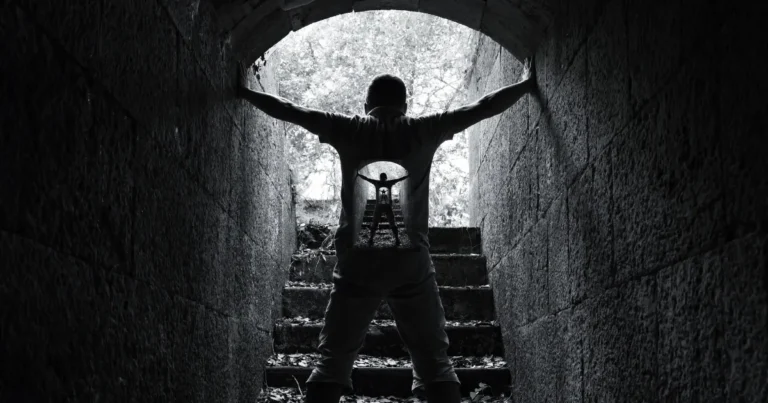- Phone: (031) 849 5566
- WA: +6282140060234
- Email: [email protected]
- Hours: Mon-Fri, 8am - 5pm
Stress: Enemy or Ally?
Transforming Pressure into Relentless Drive
In today’s fast-paced modern work era, job demands often come relentlessly: piling deadlines, back-to-back meetings, and high expectations from supervisors or clients. It is natural for employees to feel pressured under such conditions. Fatigue, anxiety, and even trouble sleeping are common signs that the body and mind are under strain.
What Is Stress?
In psychology, this condition is known as stress. The term refers to the body’s response to stressors—triggers such as threats, demands, or certain pressures. Interestingly, stress does not always stem from negative events.
For example, a job promotion or starting a new career can trigger the same reaction. The difference is, in this context, the pressure can actually motivate someone to grow.
Simply put, stress is a combination of stressors and the body’s reactions. Without both, it does not occur. However, whether or not someone truly experiences stress largely depends on how they interpret and respond to the event.
Example of Responses to Stressors
For instance, consider two people who both lose their jobs.
The first person sees dismissal as a disaster. They feel anxious about living expenses, rent, and even their health. As a result, they feel overwhelmed and experience stress.
The second person sees dismissal as a new opportunity. They view it as a chance to find a better job more aligned with their interests, or even as a time to rest for a while.
From this example, it is clear that although both face the same stressor, their responses differ. Thus, stress does not depend solely on the event itself, but also on how we respond and interpret it.
Types of Stress
In general, stress can be divided into two types based on its effects:
1. Eustress (Positive Stress)
This type is positive because it encourages individuals to become more focused, motivated, and to grow.
Characteristics:
Triggers enthusiasm and energy.
Makes individuals feel challenged without being overwhelmed.
Temporary and manageable.
Example: Nervousness before a presentation often pushes someone to prepare their materials more thoroughly.
2. Distress (Negative Stress)
On the other hand, distress is negative as it appears excessively and persistently, harming both physical and mental health.
Characteristics:
Causes anxiety, fatigue, and loss of motivation.
Disrupts concentration and productivity.
When prolonged, may lead to health issues such as hypertension or sleep disorders.
Example: Piling deadlines that overlap, leading to burnout and despair.
The Importance of Stress Management
From these two types, it is clear that stress is not always bad. What matters most is how we manage it, keeping it as healthy eustress instead of harmful distress.
Stress management refers to a set of strategies to reduce the negative impacts of pressure, without eliminating it completely. After all, life would feel bland without challenges. In fact, in many cases, pressure can push us to achieve our best performance.
For example, before a presentation, stress can motivate us to study harder so we appear more prepared in front of supervisors or clients.
Meditation as a Stress Management Technique
One popular and simple technique is meditation. This practice helps control attention, allowing us to choose where to focus our thoughts instead of merely following external conditions.
Physiological Benefits of Meditation
Lowers blood pressure and prevents hypertension.
Reduces pain.
Lowers cortisol (the stress hormone).
Reduces alcohol consumption.
Decreases reliance on healthcare services and medical costs.
Psychological Benefits of Meditation
Reduces anxiety.
Enhances calmness.
Strengthens self-control.
Promotes overall mental health.
Meditation can be done simply by sitting comfortably, closing the eyes, breathing slowly, and repeating a simple word such as “one” when inhaling and “two” when exhaling. About 20 minutes is enough.
Tips for effectiveness: avoid caffeine or cigarettes before meditating, choose a comfortable body position, and treat meditation as a moment of rest from daily pressures.
Conclusion
Stress is natural and cannot be completely avoided. However, by understanding its types and managing pressure wisely, we can turn it into a driving force rather than an obstacle.
📖 Source:
Greenberg, J. S. (2008). Comprehensive Stress Management (10th ed.). McGraw-Hill.






